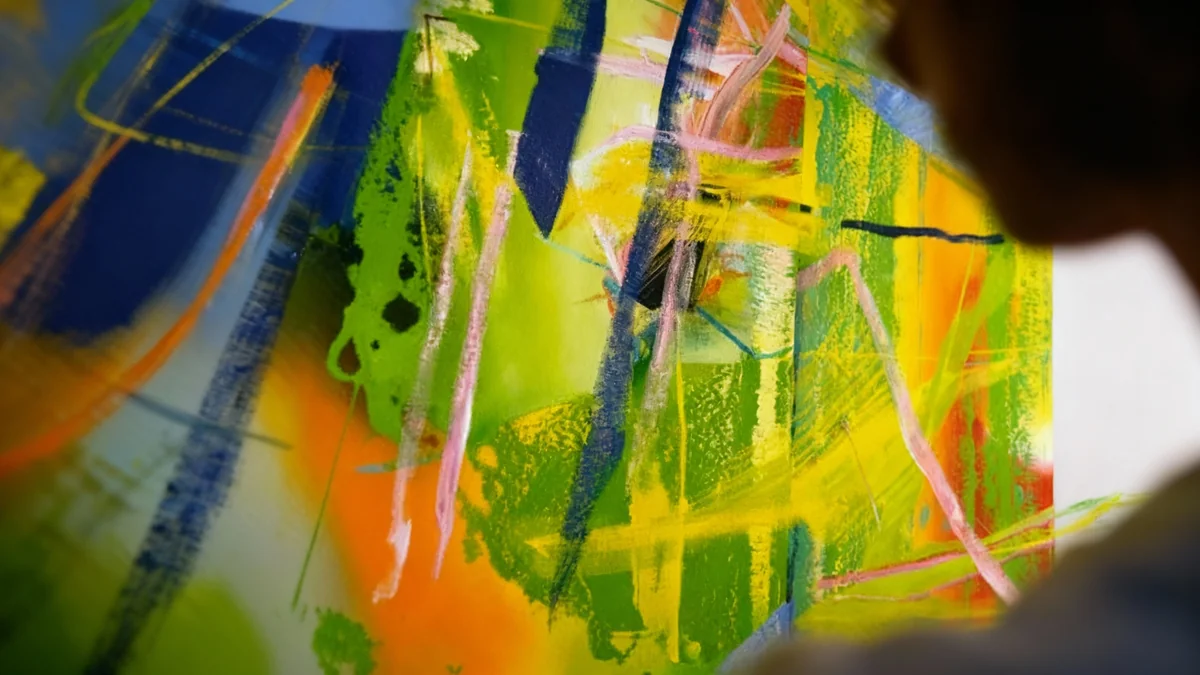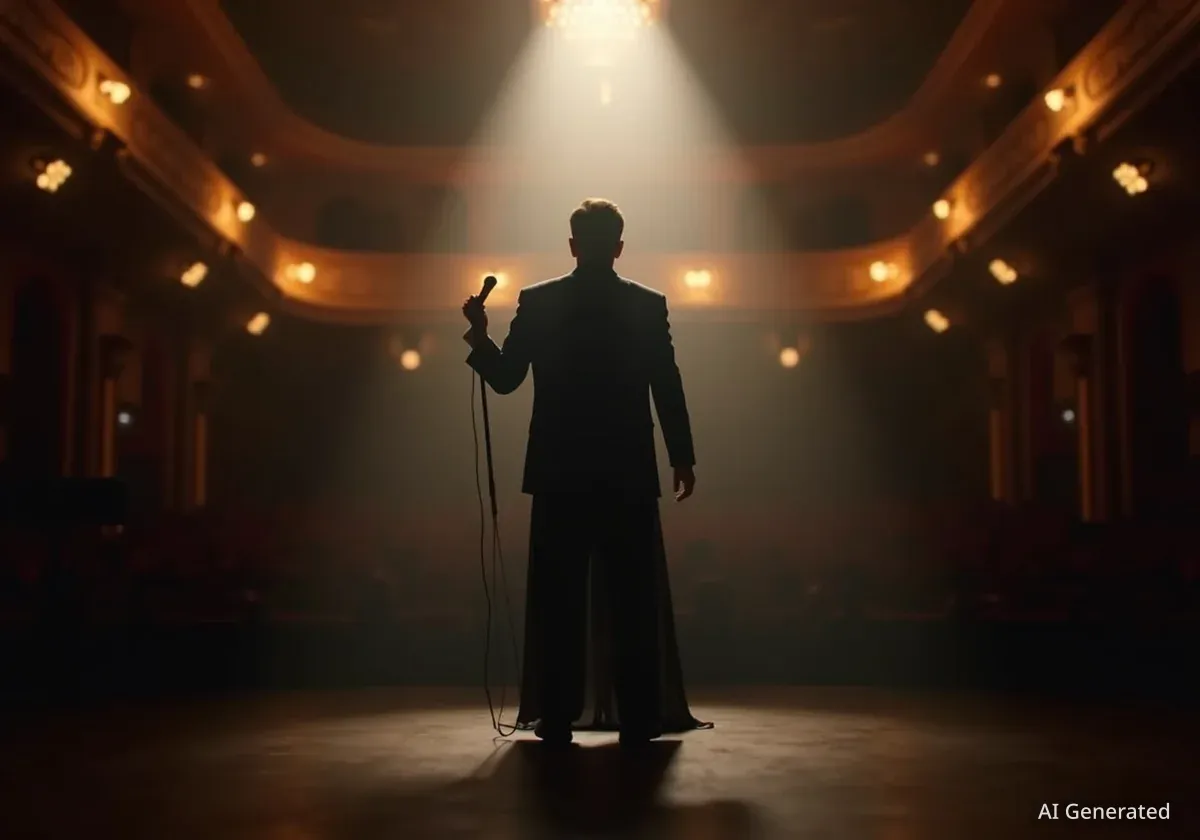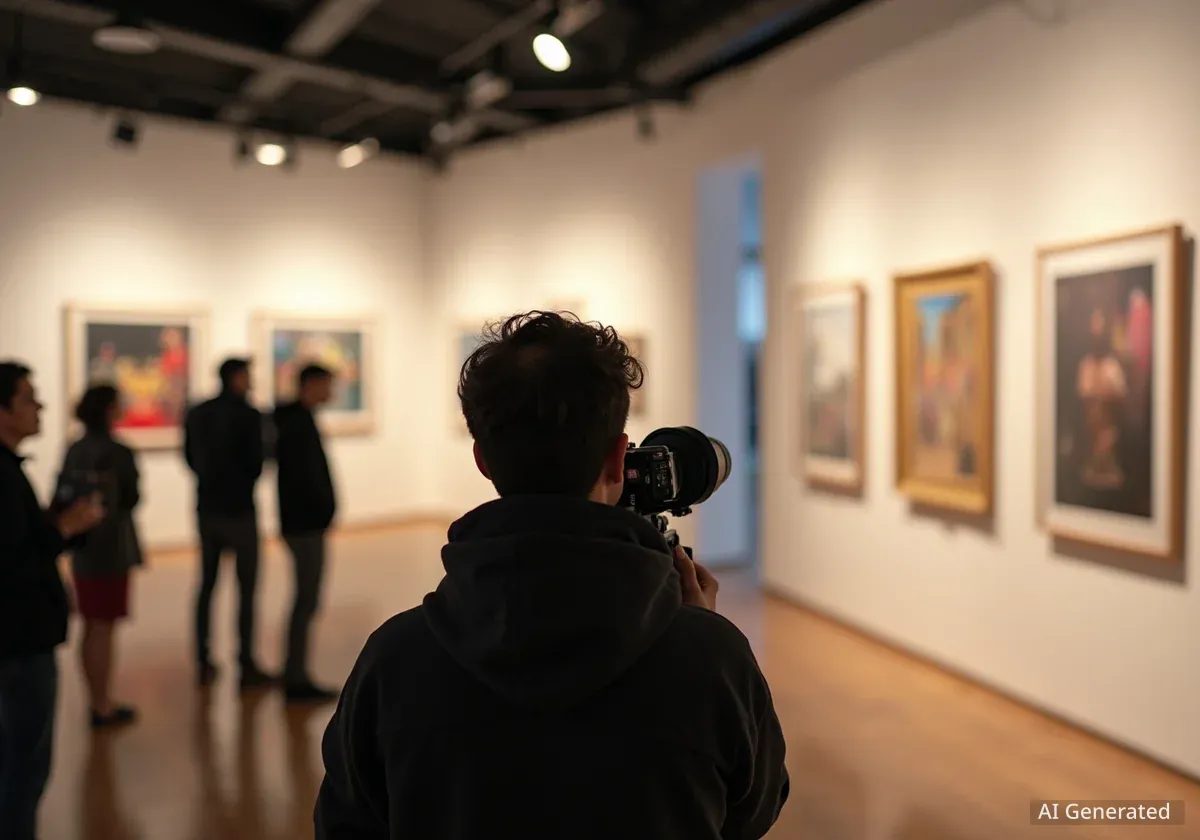A major retrospective of Gerhard Richter's work is currently on display at the Fondation Louis Vuitton in Paris, offering an extensive look at the 93-year-old German artist's diverse career. The exhibition, featuring approximately 270 works, highlights Richter's complex and often contradictory approach to painting and drawing, spanning decades of artistic exploration.
Key Takeaways
- The Fondation Louis Vuitton in Paris hosts a comprehensive Gerhard Richter retrospective.
- The exhibition features around 270 works, covering Richter's entire career.
- Richter's art is characterized by its contradictory nature, moving between abstraction and figuration.
- The artist's techniques include photo-painting, squeegee abstraction, and drawing.
- Personal history, including family members affected by Nazi programs, informs some of his early works.
A Career Defined by Contradictions and Experimentation
Gerhard Richter's artistic journey is marked by constant shifts and a refusal to settle into a single style. Born in 1932, Richter's early experiences included fleeing East Germany for West Germany in 1961. This background, combined with his academic training as a mural painter in Dresden, shaped an artist deeply aware of history and the power of images.
His work often explores the relationship between painting and photography. Richter has frequently used photographs from newspapers, magazines, and personal archives as starting points for his paintings. These include poignant family portraits, such as his Aunt Marianne, a schizophrenia patient killed in the Nazi euthanasia program, and Uncle Rudi, a soldier who died early in World War II. These works blur the lines between personal memory and collective history.
Artist's Evolution
- 1961: Richter moved from East to West Germany.
- 2017: Richter largely ceased painting, focusing on drawing.
- His 'Atlas' project compiles thousands of photographs and images he has collected.
From Photo-Paintings to Abstract Masterpieces
Richter's early photo-paintings, often rendered in black and white with blurred surfaces, challenged traditional notions of representation. He deliberately obscured details, questioning the camera's objective truth. This skepticism towards photographic realism is a recurring theme.
Beyond figuration, Richter is equally renowned for his abstract works. These pieces showcase a different side of his technique, involving the application and scraping of paint with large squeegees and spatulas. This process creates layered surfaces where colors intermingle and previous layers are sometimes excavated, resulting in complex textures and compositions.
"His art is filled with fugues, with self-absorption and an objective stare. ...the contradictions make a mockery of fixed readings."
The exhibition highlights these dramatic shifts, presenting landscapes, portraits, and abstract canvases side-by-side. Viewers can observe how Richter moves from a tender depiction of his daughter reading to the intense, layered abstractions that evoke profound silence or roaring energy.
Richter's Artistic Influences and Dialogue
Richter's work often engages in dialogue with art history. His painting of his first wife, Ema, descending a staircase naked, is seen as a direct nod to Marcel Duchamp's iconic 1912 work, 'Nude Descending a Staircase, No. 2'. He also reinterpreted classical works, such as Titian's 1530s 'Annunciation', progressively dissolving the sacred image into abstract forms over a series of five paintings.
Exploring the Unseen: From Banality to Historical Trauma
Richter's subjects span an extraordinary range, from the mundane to the deeply traumatic. He has painted everyday objects like a dangling toilet roll, a kitchen chair, or a wine bottle. Yet, he has also tackled subjects as weighty as the Holocaust and the deaths of Baader-Meinhof Group members in prison, notably in his 1988 series 'October 18, 1977'.
His attempts to paint photographs taken by a prisoner at Auschwitz-Birkenau concentration camp in 2014 reveal his struggle with representing unspeakable horrors. Ultimately, he expunged the literal images, transforming them into dark, layered abstractions of black, grey, and red. These works, while not directly depicting the scenes, carry the weight of their origins, inviting viewers to confront the invisible.
Interactive and Reflective Spaces
The Paris exhibition incorporates elements that actively engage the viewer. Rooms feature angled glass panels that refract and reflect Richter's paintings, creating a dynamic and fragmented viewing experience. Mirrors are also strategically placed, reflecting both the artworks and the viewers, implicating them in the complex narratives Richter explores.
One notable installation includes strip paintings, where multiple horizontal stripes create a sensation of speed, as if a train is rushing past. This immersive approach underlines Richter's interest in challenging perception and inviting a deeper, more personal interaction with his art.
Legacy and Ongoing Influence
Richter's relentless pursuit of new techniques and themes has cemented his status as one of the most significant artists of his generation. His work defies easy categorization, constantly shifting between precision and chance, objective observation and profound introspection. The exhibition at the Fondation Louis Vuitton provides a rare opportunity to witness the breadth and depth of his artistic output.
From his early photo-paintings to his large-scale abstract works and his more recent drawings, Richter's career is a testament to an artist who continues to explore the possibilities of visual expression. The show remains open until March 2, allowing visitors to experience the electrifying genius of an artist who made his hair 'fly up' for one reviewer.




